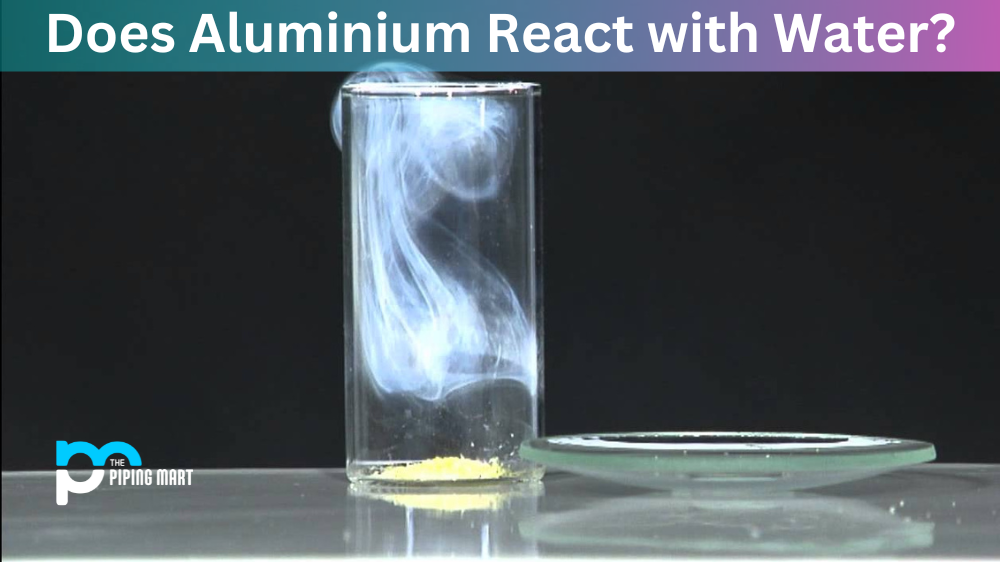Welding is a critical part of aircraft fabrication. It is used to join two pieces of metal together, requiring expertise, precision, and the use of advanced technologies. This blog post will explore the latest welding technologies used in aircraft fabrication.
Types Of Aircraft Welding
Aircraft welding is a specialized type of welding that involves joining different components of an aircraft together. It requires specialized knowledge and skill due to the high strength and lightweight materials typically used in the construction of aircraft. Aircraft welding can be done using various methods such as plasma arc, gas tungsten arc, gas metal arc, and laser welding. Each method has its own set of advantages and disadvantages and should be carefully considered when choosing the best method for a specific application.
Robotics and Automation
Robotics and automation are increasingly being used in welding processes for aircraft fabrication. Robotics makes the process more efficient and precise, with less reliance on manual labor. Automation helps reduce costs by reducing human error and ensuring consistent quality of welds across a large production run. Moreover, robotic welding systems can be programmed to produce complex shapes that would be difficult or impossible to achieve manually.
Laser Welding
Laser welding is a high-tech welding process that uses a laser beam to heat and melt the joined metals. Lasers offer greater precision than traditional welding methods, making them ideal for joining thin metal sheets together without creating distortion or warping around the weld joint. Laser welding also reduces heat input into the welded material, which helps minimize distortion in delicate parts such as those found in engine components or airframes.
Gas Metal Arc Welding (GMAW)
In general, gas metal arc welding (GMAW) is the most widely used welding process for aircraft fabrication. It is a semi–automatic process that uses a consumable wire electrode and an electric arc to join two pieces of metal together. It offers excellent precision, speed, and portability due to its ability to be operated remotely with a power source. GMAW is used in both manual and robotic applications, allowing for flexibility when welding difficult parts or large structures.
Conclusion:
As you can see, many cutting-edge welding processes are being used in aircraft fabrication today. Each of these processes has its advantages and disadvantages, so choosing the right one for your particular application is important.

Pipingmart is B2B portal specializes in industrial, metal and piping products. Also, share latest information and news related to products, materials and different types grades to help business dealing in this industry.




